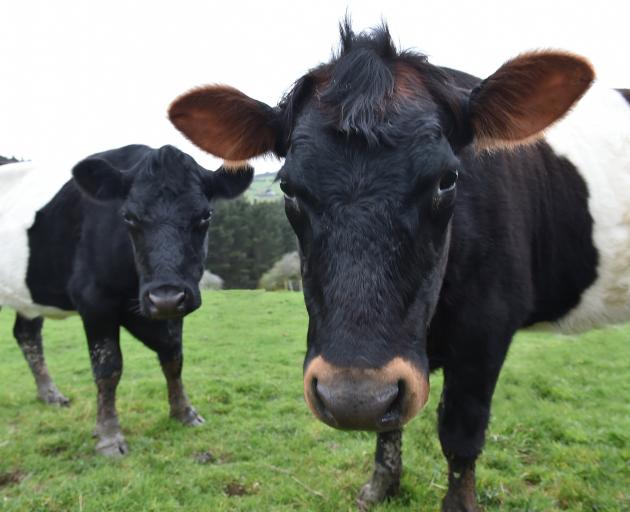
Farmland forfeited to proposed setbacks would be over 20,000ha, meaning hundreds of millions of dollars worth of production would also be lost, the industry organisation says.
B+LNZ senior environmental policy manager Paul Le Miere said rules proposed in the Otago Regional Council’s draft land and water plan, aimed at achieving the sediment and E.coli national bottom lines and target attribute states, would have "significant implications" for the sector.
The organisation has argued those national freshwater targets are unworkable after a review by environmental consultants Torlesse Environmental Ltd found if farming were to be stopped and all catchments returned to a natural state across New Zealand, up to 38% of rivers would still not meet the suspended fine sediment national bottom lines.
The national targets underpinned unprecedented stock exclusion rules in the Otago council’s controversial land and water plan — scheduled for notification by October 31.
Mr Le Miere said the organisation was asking the council to pause its freshwater planning process until the national policy statement for freshwater management had been reviewed.
(That process is expected to take up to two years.)
Mr Le Miere said the council had proposed wide setbacks for stock access to waterways for most areas, including a 10m setback for stock exclusion from rivers 1m or wider and a 3m setback from rivers less than 1m wide.
Importantly, the rules would also require existing fences that were closer to be moved within 10 years.
"We are not aware of any previous plans in any region that force existing fencing that farmers would have spent significant amounts of money to be re-spent."
Proposed requirements went well beyond the national regulations that only required a 3m setback, and did not require non-intensive beef cattle or sheep to be excluded.
"B+LNZ is especially concerned with the requirements to exclude sheep from waterways due to it being well known that sheep do not cause as much damage to stream banks due to their lighter weight and they do not commonly enter waterways [as they do not have the same affinity for water as cattle, and get most of their water intake from pasture]," he said.
"The increased cost of sheep exclusion is unnecessary and neither effective nor efficient."
Not only was the cost to move existing fences back from waterways prohibitive it penalised farmers that had already invested vast amounts of money into protecting waterways.
"The length of fencing required for the proposed stock exclusion in the affected areas has been estimated to be roughly 40,000km which would equate to over $900m of just fencing costs, not including riparian planting and management, pest and weed control and other costs associated with riparian areas," Mr Le Miere said.
"The area of farmland lost to the proposed setbacks would be over 20,000ha equating to a lost value of hundreds of millions of dollars."
The organisation was "very concerned" the proposed rules had been fashioned to try to achieve targets such as the "flawed, unrealistic and unachievable" national bottom lines for suspended fine sediment and E.coli , he said.
The council’s land and water plan has come under fire from Federated Farmers as well recently.
The farmer group called the process of drafting the plan secretive and said it would create costs in the billions for ratepayers.
Environment Minister Penny Simmonds has also questioned whether the council was aware of the costs and implications of its proposed land and water plan.
The council reported to her its understanding of the costs of its plan on May 15.
The minister has yet to publicly respond to that report.
















